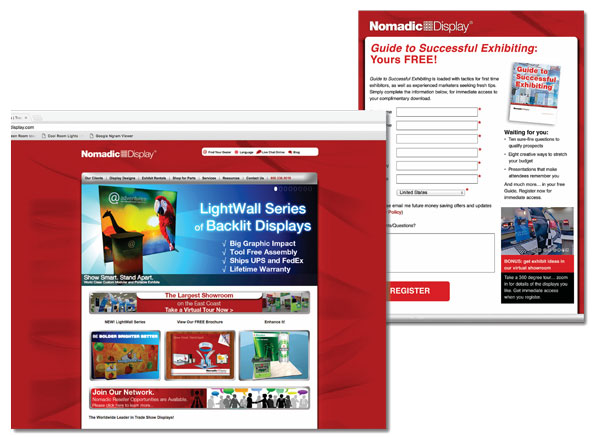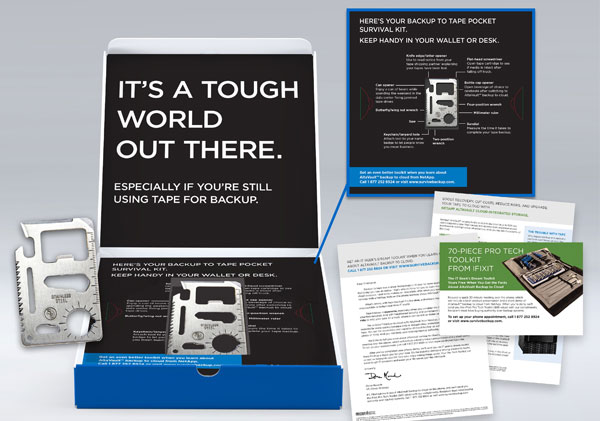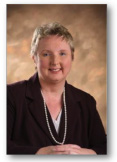What Are Creative Best Practices for Landing Pages?
Designing and writing a landing page is like setting a trap for your prospect, in a nice way. You want to entice them in, encourage them to go deeper, and once they’re inside make it virtually impossible to get out without taking the desired action.
Direct the prospect through creative design:
- Match the colors, font and other design elements of the ad that got them here so they know they’ve come to the right place. (This isn’t always relevant; for instance Google AdWords Text Ads are all text, so no formatting.)
- Use eyeflow design to pull the reader to one key image (usually a depiction of the offer) and place call to action copy next to it as soon as they reach the page.
- Repeat the call to action multiple times so it’s easy to respond when they’re ready.
Copy should be brief, but compelling:
- Be BRIEF in describing the offer, especially if they’ve already read about it in an ad or email that caused them to click through. Repeating what they already know will lull them to sleep or, more likely, bore them so they’ll click away.
- If it’s free, say so, multiple times. Repeat the selling proposition that brought them here. If you’re fulfilling Google AdWords ads, consider matching headlines to the keywords in the ad.
- Use bullets if you have room to highlight the benefits of the offer they’re about to accept. This is often done in a sidebar so it doesn’t get in the way of core selling content.
- Use benefit/reward language in buttons such as “Get my FREE report” vs just “SUBMIT”.
- Include testimonials and guarantees to reassure that there’s absolutely no negative consequence to taking the desired action.

The Nomadic Systems landing page copies the design and color palette of the Nomadic website home page. But, omits internal links which would allow a curious prospect to click away without registering.
And about that all-important OFFER:
You absolutely need an offer on your landing page because you’ve agreed to a quid pro quo. You’re going to “reward” people for their time in learning your selling proposition. Landing pages without offers are destined to be very poor conversion vehicles which don’t come close to paying for themselves.
An informational offer is usually the best way to incent people for business-to-business lead generation landing pages. These readers need information to do their jobs properly, so give it to them in the form of white papers, third party analysis, webinars, videos, fact sheets or all the above (since you never know what informational format is most appealing to a given audience). An info offer should actually be informative. Don’t promise a fact kit or industry analysis, and instead load them up with sales material.
“Freebie” offers include actual merchandise giveaways, either directly or through entrance in a sweepstakes. These are far less prevalent than they were at one time, because they tend to produce many unqualified leads (who responded for the giveaway, not because they are interested in your product). However, there are exceptions to every rule and a high-value offer, carefully targeted, will cause the right prospect to go to considerable lengths to get the reward.
These are far less prevalent than they were at one time, because they tend to produce many unqualified leads (who responded for the giveaway, not because they are interested in your product). However, there are exceptions to every rule and a high-value offer, carefully targeted, will cause the right prospect to go to considerable lengths to get the reward.
Limited time offers should be used in addition to, not instead of, other offers. Especially if it’s a merchandise offer, the sense of urgency in a temporary discount or a today-only add-on item will give prospects a reason to make a decision. Even if it’s a webinar, you can let people know attendance is limited, first come, first served; if it’s an analyst paper perhaps you have authorization to distribute only a certain number and no more.
Author

Laurie B. Beasley
Laurie B. Beasley is co-founder and president of Beasley Direct and Online Marketing, Inc. We are a Silicon Valley direct marketing agency that has managed search, email, online, and demand generation campaigns for nearly 100 companies. Ms. Beasley serves as President of the Direct Marketing Association of Northern California. Laurie manages the eMarketing Roundtable for the BMA Northern California. She also instructs online marketing at UC Berkeley Extension and teaches for the Online Marketing Institute. Ms. Beasley frequently speaks on online marketing and demand generation topics for marketing organizations, including the DMA, BMA, AMA, Tech Council, and the Online Marketing Summit.
Our agency brings the latest marketing strategies to online and direct marketing. The company provides services in email marketing, search engine optimization, social media, pay-per-click (PPC) advertising, website design, media planning, direct mail marketing, lead generation and nurture campaigns, and database management. We help clients in both B2B and B2C marketing. Beasley Direct is privately held and headquartered in the Silicon Valley suburb, Morgan Hill, California. For more information, go to www.BeasleyDirect.com or call Laurie Beasley, President, at 408-782-0046 x21 or email lbeasley@beasleydirect.com.

